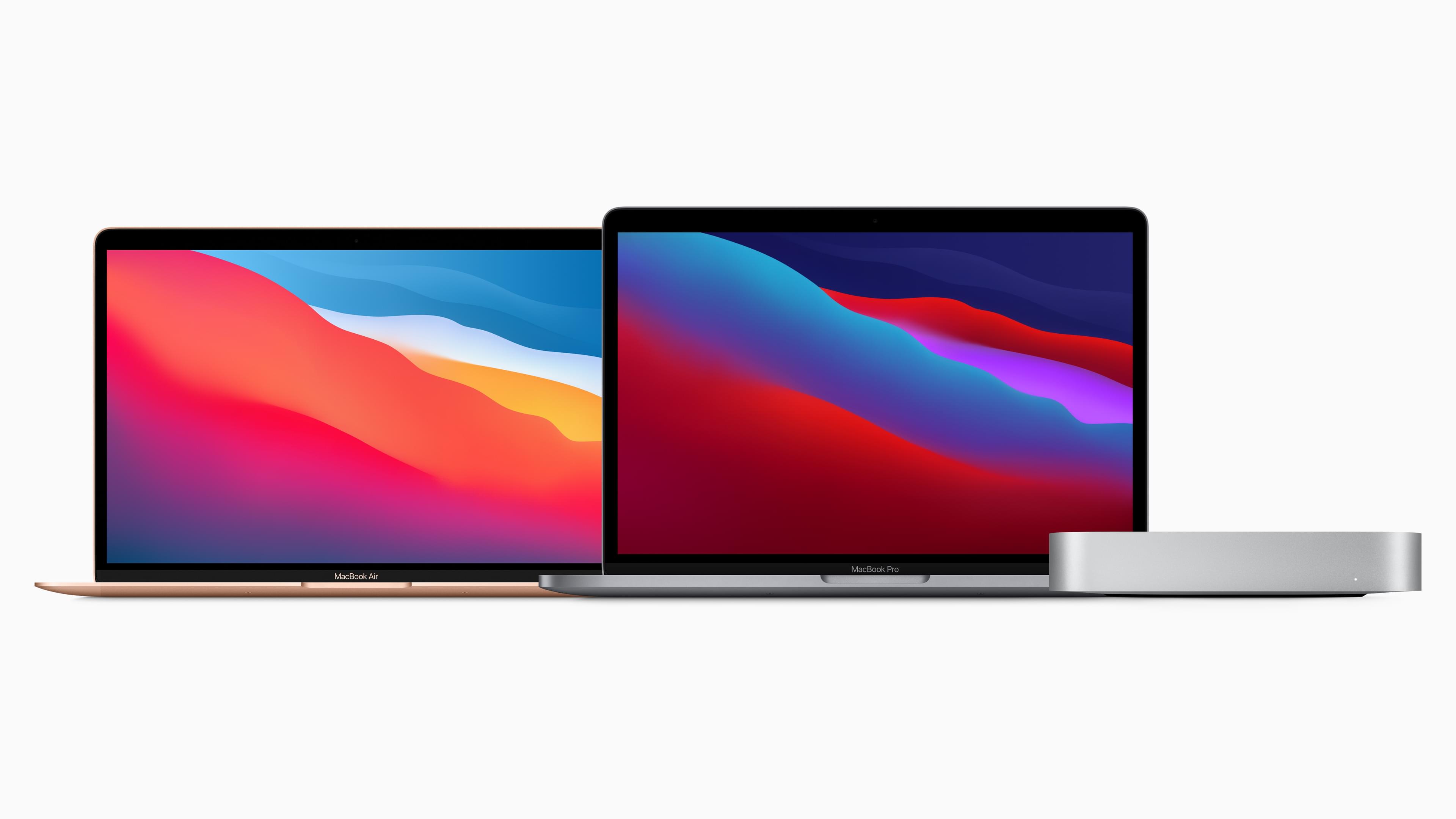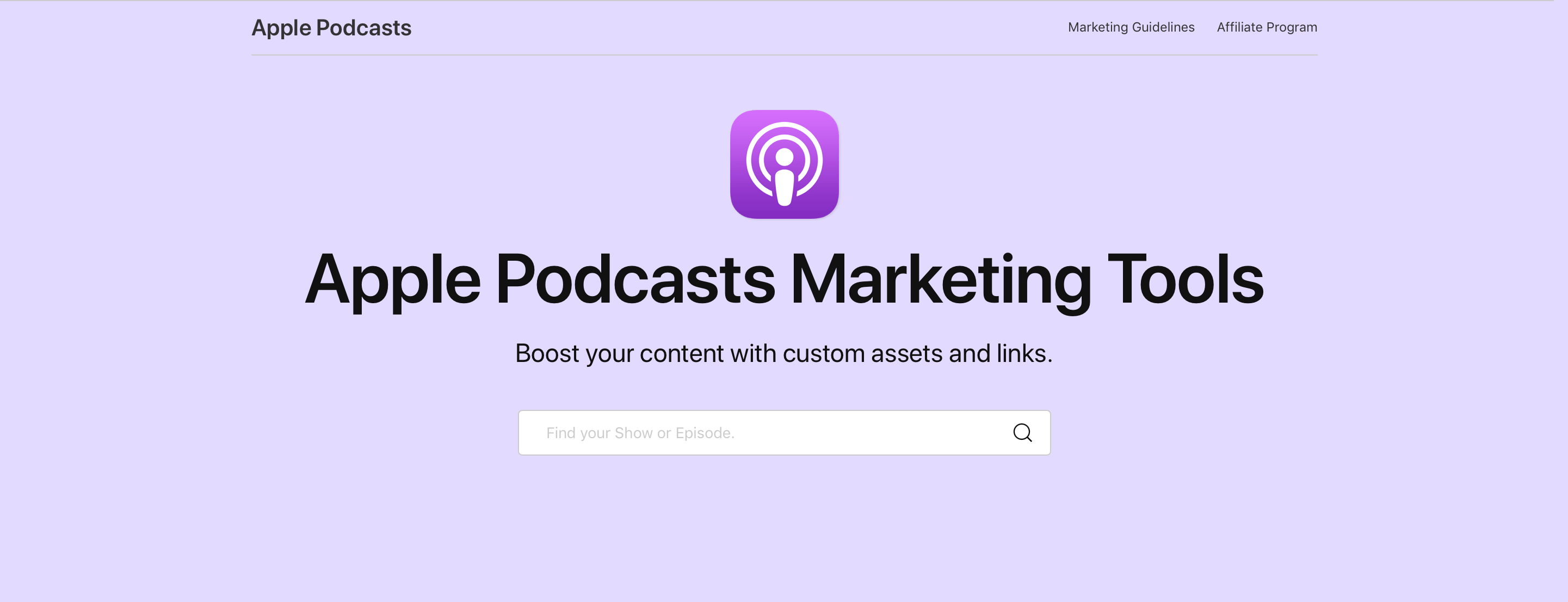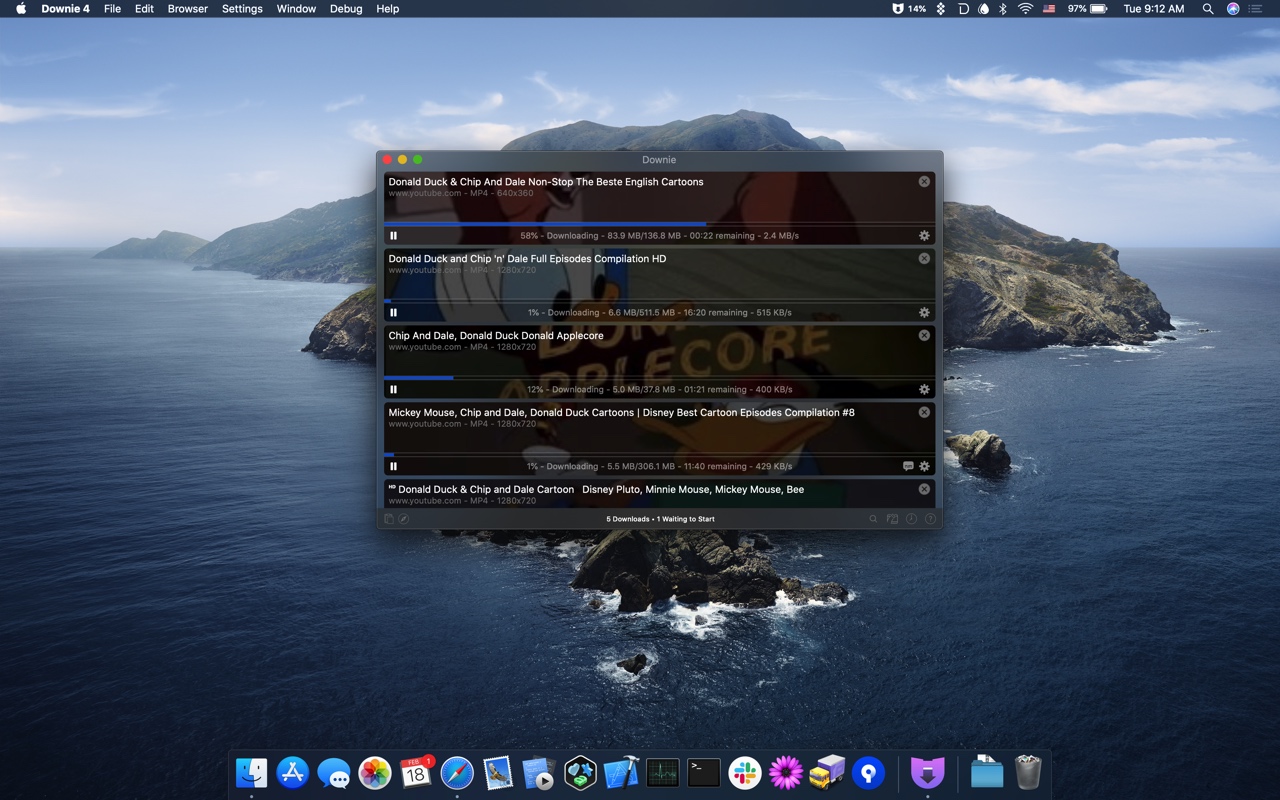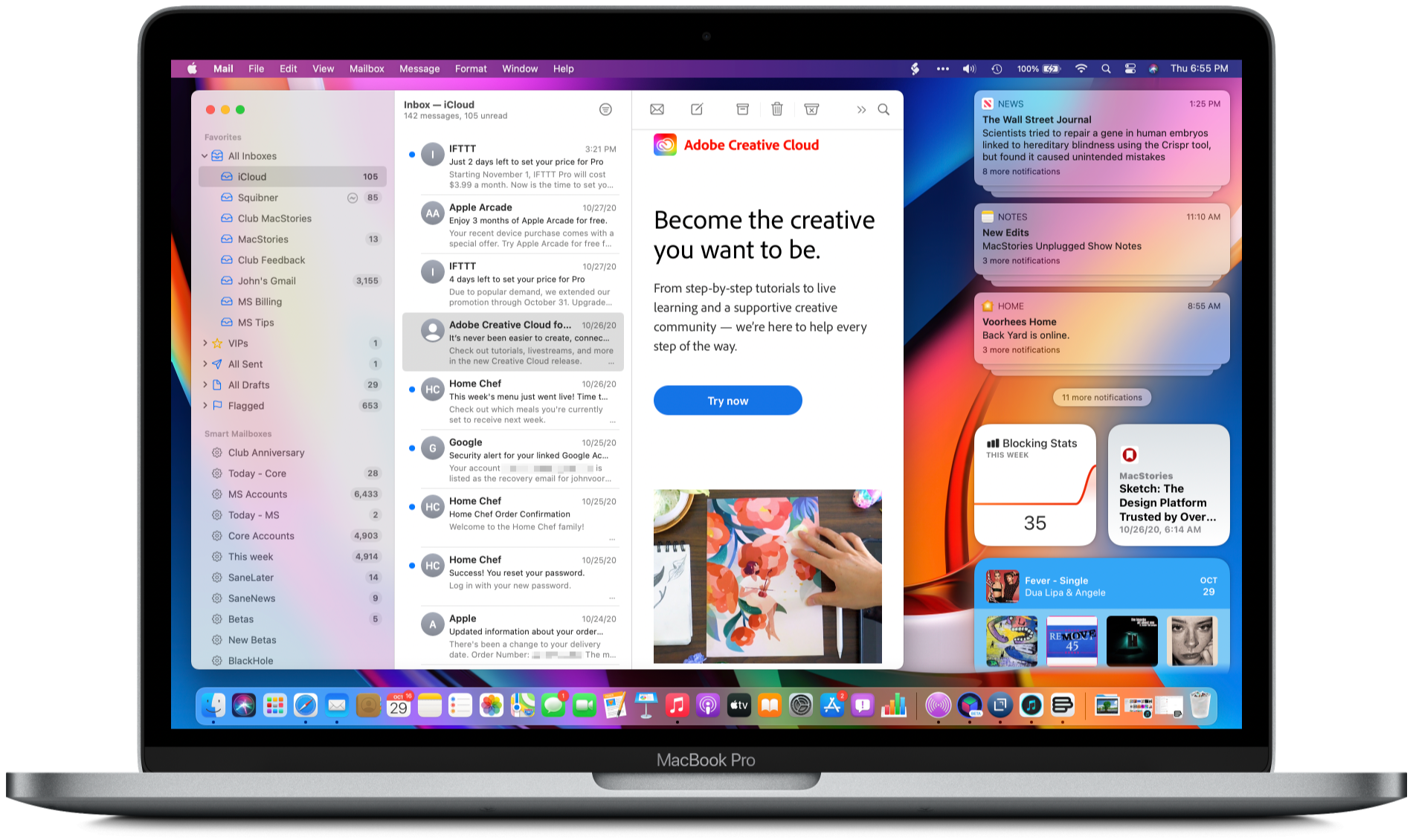Today, Apple announced a reduction in App Store commissions that will substantially benefit a large part of the developer community. Starting January 1, 2021, developers who earn up to $1 million per year from their apps will have the commission paid to Apple cut in half, reducing it from 30% to 15%. Apple CEO Tim Cook said of the new App Store Small Business Program in an Apple press release:
Small businesses are the backbone of our global economy and the beating heart of innovation and opportunity in communities around the world. We’re launching this program to help small business owners write the next chapter of creativity and prosperity on the App Store, and to build the kind of quality apps our customers love.
Cook continued:
The App Store has been an engine of economic growth like none other, creating millions of new jobs and a pathway to entrepreneurship accessible to anyone with a great idea. Our new program carries that progress forward — helping developers fund their small businesses, take risks on new ideas, expand their teams, and continue to make apps that enrich people’s lives.
Apple says that it will provide additional details about the new program in December, but here’s what we know so far:
- Developers who made up to $1 million on all their apps in 2020 after subtracting Apple’s commissions will qualify for the program and its reduced commissions beginning January 1, 2021.
- New developers are eligible to participate in the App Store Small Business Program beginning January 1, 2021, too.
- If a developer who is part of the App Store Small Business Program makes more than $1 million during a year, the commissions paid for the remainder of the year will be at the 30% rate paid outside the program and the developer won’t be eligible for the program the following calendar year.
- A developer that is not eligible for the App Store Small Business Program will be eligible the calendar year following any calendar year that they earn less than $1 million.
For example, a developer that earns less than $1 million in 2020 on all of their apps after subtracting the amount paid to Apple for App Store commissions is eligible for the program and would pay a 15% commission on App Store earnings beginning January 1, 2021. Hypothetically, if the same developer has post-commission earnings of greater than $1 million in aggregate on all of their apps by, for example, September 1st, their App Store commission rate (assuming a paid-up-front app) would increase to 30% for the remainder of the year. That same developer would continue to pay 30% in 2022 but would be eligible for the 15% rate again in 2023 if their 2022 post-commission earnings fell below $1 million. It is our understanding that App Store earnings of all kinds count toward the $1 million total regardless of whether the source is a paid-up-front app, In-App Purchase, or a subscription.













